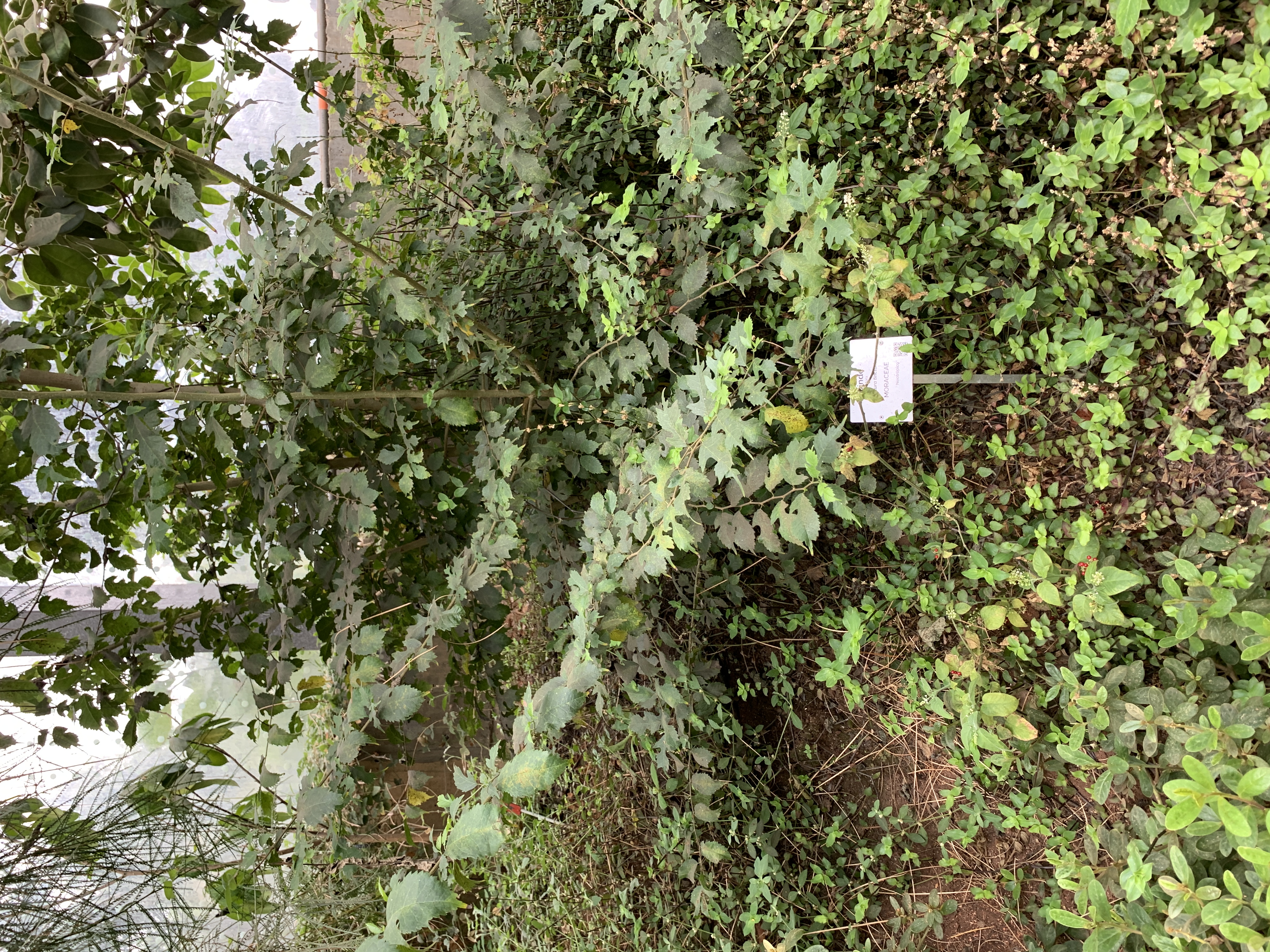Maclura tinctoria on:
[Wikipedia]
[Google]
[Amazon]
 ''Maclura tinctoria'', known as old fustic and dyer's mulberry, is a medium to large tree of the
''Maclura tinctoria'', known as old fustic and dyer's mulberry, is a medium to large tree of the
 ''Maclura tinctoria'', known as old fustic and dyer's mulberry, is a medium to large tree of the
''Maclura tinctoria'', known as old fustic and dyer's mulberry, is a medium to large tree of the Neotropics
The Neotropical realm is one of the eight biogeographic realms constituting Earth's land surface. Physically, it includes the tropical terrestrial ecoregions of the Americas and the entire South American temperate zone.
Definition
In bioge ...
, from Mexico to Argentina. It produces a yellow dye called fustic primarily known for coloring khaki
The color khaki (, ) is a light shade of tan with a slight yellowish tinge.
Khaki has been used by many armies around the world for uniforms and equipment, particularly in arid or desert regions, where it provides camouflage relative to sandy ...
fabric for U.S. military apparel during World War I. This dye contains the flavonoid morin Morin is a surname of diffent Romance origins. In northern Italy it derives from the Ladin term for «mill» (''molina'' in Latin). In French it derives from the ancient Celtic tribe of Morini who once inhabited the coast of modern day Belgium. The ...
. It is dioecious, so both male and female plants are needed to set seed.
The leaves can be used to feed silk worm
Silk is a natural fiber, natural protein fiber, some forms of which can be weaving, woven into textiles. The protein fiber of silk is composed mainly of fibroin and is produced by certain insect larvae to form cocoon (silk), cocoons. The be ...
s.
Old fustic is not to be confused with young fustic (''Rhus cotinus'') from southern Europe
Europe is a large peninsula conventionally considered a continent in its own right because of its great physical size and the weight of its history and traditions. Europe is also considered a subcontinent of Eurasia and it is located entirel ...
and Asia
Asia (, ) is one of the world's most notable geographical regions, which is either considered a continent in its own right or a subcontinent of Eurasia, which shares the continental landmass of Afro-Eurasia with Africa. Asia covers an are ...
, which provides a more fugitive colour.
Dyeing
Fustic is a bright yellow dye that is very color-fast when used withmordant
A mordant or dye fixative is a substance used to set (i.e. bind) dyes on fabrics by forming a coordination complex with the dye, which then attaches to the fabric (or tissue). It may be used for dyeing fabrics or for intensifying stains in ...
s. It is frequently combined with other dyestuffs and various mordants to produce a range of yellow and greenish colors:
* With woad
''Isatis tinctoria'', also called woad (), dyer's woad, or glastum, is a flowering plant in the family Brassicaceae (the mustard family) with a documented history of use as a blue dye and medicinal plant. Its genus name, Isatis, derives from ...
or indigo
Indigo is a deep color close to the color wheel blue (a primary color in the RGB color space), as well as to some variants of ultramarine, based on the ancient dye of the same name. The word "indigo" comes from the Latin word ''indicum'', m ...
: bright or Saxon greens
* With bichromate of potash
Potash () includes various mined and manufactured salts that contain potassium in water-soluble form.
: old gold
* With logwood and bichromate of potash: greenish yellows
* With copper sulfate Copper sulfate may refer to:
* Copper(II) sulfate, CuSO4, a common compound used as a fungicide and herbicide
* Copper(I) sulfate
Copper(I) sulfate, also known as cuprous sulfate, is an inorganic compound with the chemical formula Cu2 SO4. It ...
: olive greens
* With ferrous sulfate
Iron(II) sulfate (British English: iron(II) sulphate) or ferrous sulfate denotes a range of salts with the formula Fe SO4·''x''H2O. These compounds exist most commonly as the hepta hydrate (''x'' = 7) but several values for x are kn ...
: dark greens
References
tinctoria Plant dyes Plants described in 1753 Taxa named by Carl Linnaeus Trees of Mexico Trees of South America {{Moraceae-stub